Usually when we punch in directions on our favorite maps app, we’re looking to find the easiest, most efficient, and by consequence fastest route between where we are and where we need to get to. But if you drive this way long enough you start to notice something: you don’t see much of the regions you’re passing through from the freeway. The massive truckstop gas stations start to feel the same after a while, and the food options are generally the same major chains. This is all fine and well for those times where it’s about the destination more than the journey, but if you’re seeking a road trip adventure in the authentic sense, it can be better to leave the freeways in favor of those small and windy two-lane roads that take you directly through the heart of the towns and cities they traverse, as opposed to miles around them. This way you go slow enough to take in your surroundings, and when you see something worthy of a stop you simply pull right off the road and check it out. So come with us as we turn avoid highways on in our maps app and seek adventure out on the great American road.
Avoiding highways when driving can have several benefits, depending on your preferences, needs, and the specific circumstances of your trip. Here are some potential advantages of avoiding highways:
Scenic Routes: One of the most significant benefits of avoiding highways is the opportunity to take scenic routes. You can enjoy beautiful landscapes, natural wonders, and picturesque small towns that you might miss when traveling on a fast-paced highway.
Reduced Stress: Highways can be busy and congested, leading to stressful driving conditions. Avoiding them may result in a more relaxed and enjoyable driving experience, especially if you prefer calmer roads.
Discovering New Places: By avoiding highways, you may stumble upon hidden gems and unique places you wouldn’t have found otherwise. Exploring off-the-beaten-path destinations can make your journey more adventurous and memorable.
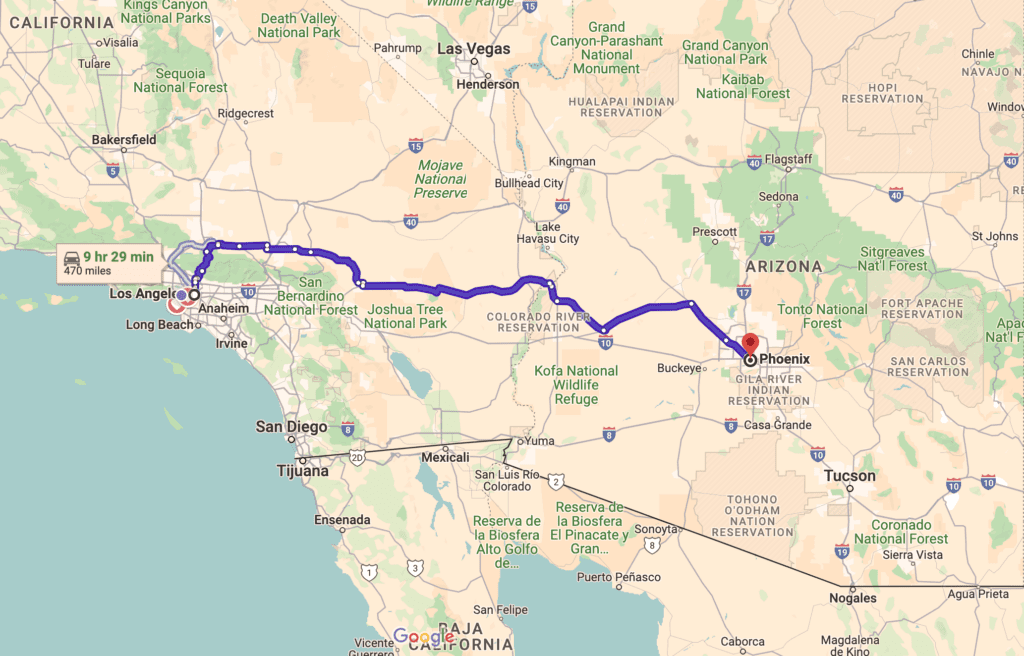
Cultural Experience: Traveling through local roads and smaller towns can provide you with a more authentic cultural experience. You can interact with locals, sample regional cuisine, and learn about the history and traditions of the areas you pass through.
Avoiding Tolls: Some highways have tolls, and by avoiding them, you can save money on your journey. This is especially beneficial for budget-conscious travelers.
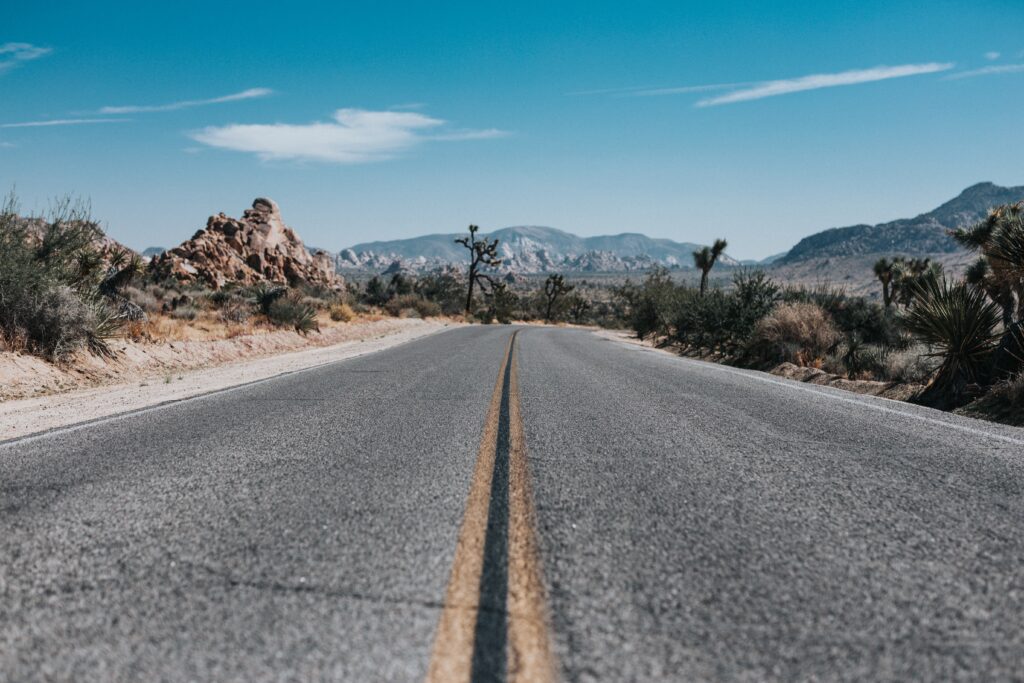
Flexibility: Taking non-highway routes gives you greater flexibility in your travel plans. You can make unplanned stops, change your route on the fly, and adapt to unexpected road closures or detours more easily.
Avoiding Traffic Jams: Highways are often prone to traffic jams, especially during rush hours and holidays. Choosing alternative routes can help you avoid these delays and reach your destination more quickly.
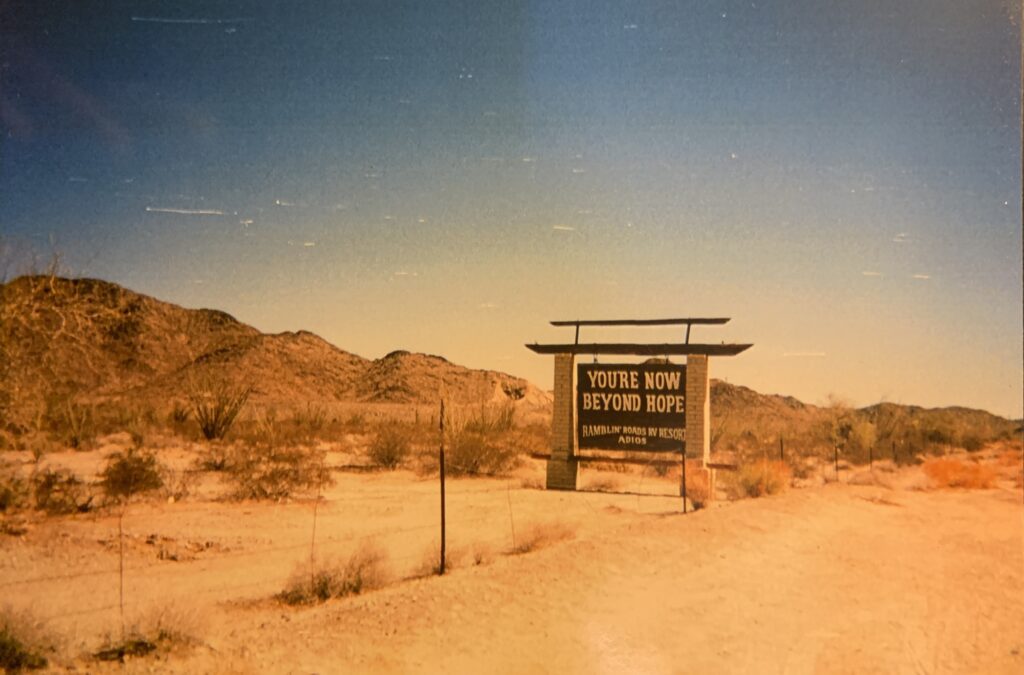
Reduced Fuel Consumption: Highways typically have higher speed limits, which can lead to increased fuel consumption. On local roads, you may drive at lower speeds and achieve better fuel efficiency.
Exploration: If you have extra time and a sense of adventure, avoiding highways allows you to explore and get lost in new areas. It can be a great way to break away from routine and experience the thrill of the unknown.
Safety: Some people may feel safer driving on smaller, less congested roads, especially if they are inexperienced or uncomfortable with high-speed highway driving.
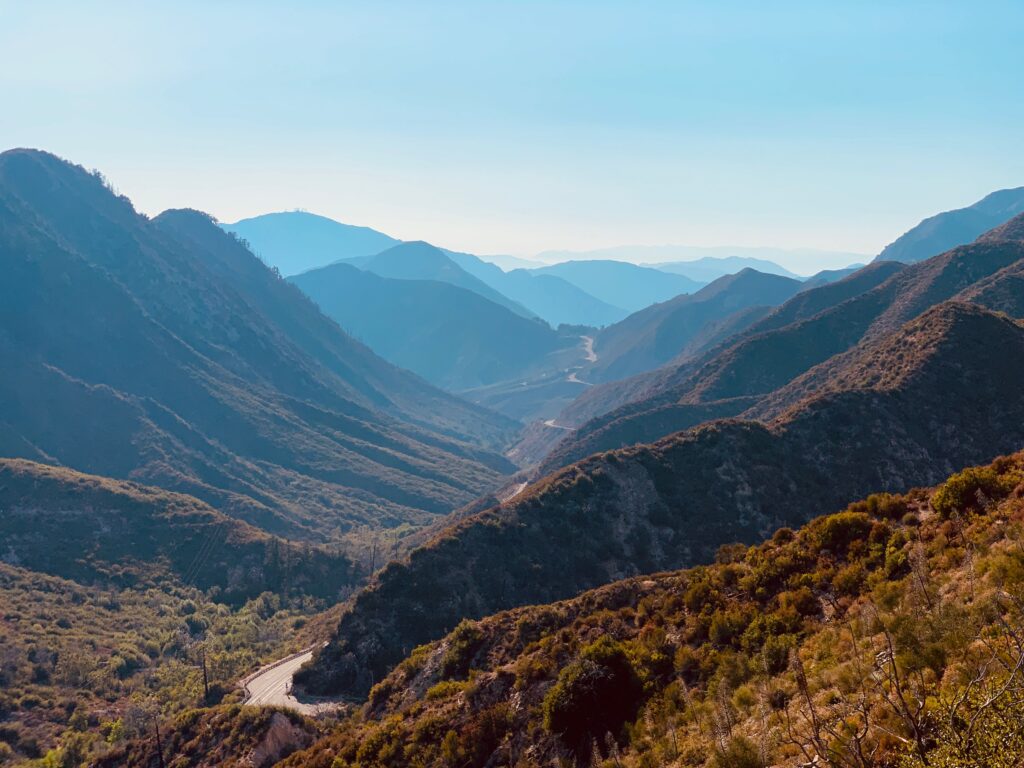
While avoiding highways can offer these benefits, it’s essential to consider the trade-offs. Non-highway routes may take longer, especially for long-distance travel, and they may not always be suitable for time-sensitive trips. It’s crucial to plan your journey based on your priorities, time constraints, and the specific circumstances of your travel. Additionally, using a GPS or mapping app can help you make informed decisions about which roads to take while avoiding highways.
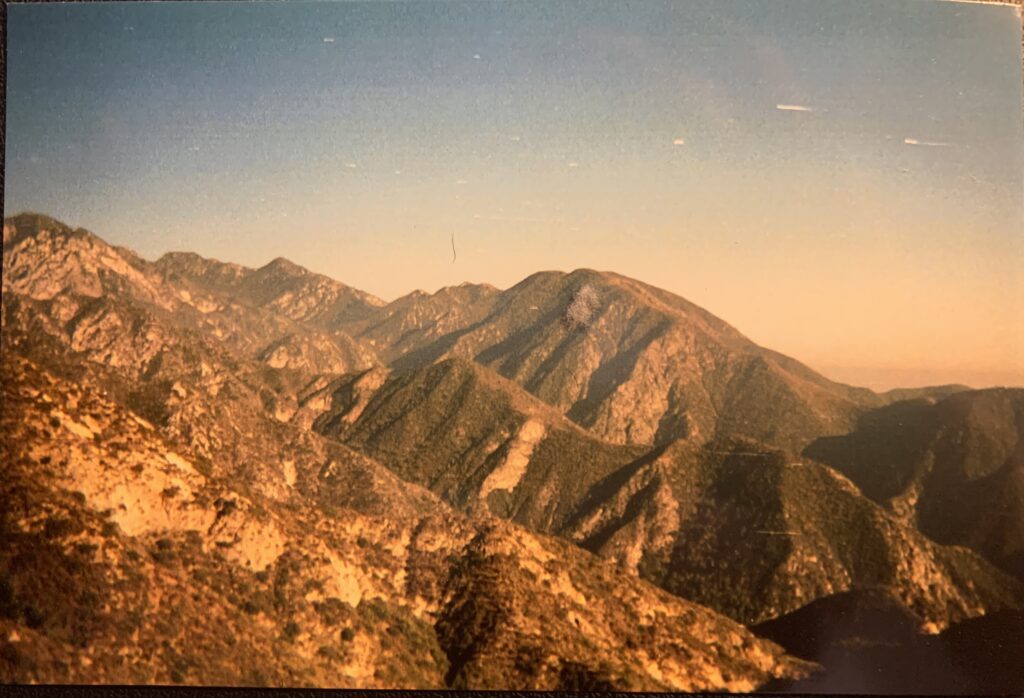
The Route: LA to Phoenix
Although there are a number of ways a person could use to begin their journey to Phoenix from LA, in most cases the fastest way to get out of the city and onto the kinds of scenic highways that will give you that road trip feeling is to get onto the Angeles Crest highway (CA-2) and start climbing up into the San Gabriel mountains. If you’ve never had a chance to drive this route before you may recognize it from any number of movie scenes and car commercials; this being one of the most easily accessible mountain highways from Hollywood, it’s had its share of time on screen.
After forty miles or so you’ll find yourself having climbed back out of the San Gabriels and outside Palmdale and heading toward Victorville. As you make your way east you’ll begin the desert portion of the drive (which will essentially last until you reach Phoenix). Victorville is situated on the southwestern edge of the Mojave Desert, and the road here provides plenty of views of the San Gabriel range from the north. During certain times of the year you can even glimpse snowcaps on the mountains, which contrast the desert environment around you. This stretch of the road has plenty of places to stop for gas, coffee, or a meal.
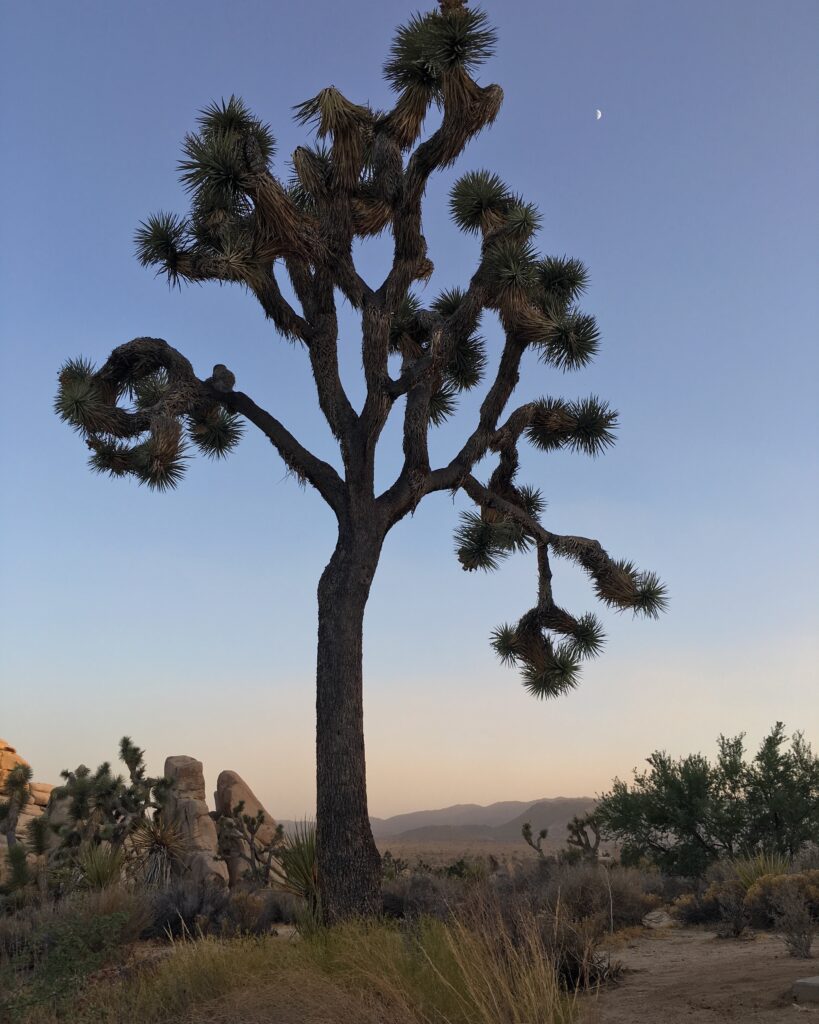
After Victorville the road will get a lot more remote, and the terrain around you becomes dry and sandy, especially in warmer months. To the south you’ll now be seeing the San Bernardino mountains as well as a lot of isolated topography in the desert. As you progress the road will turn southeast, eventually depositing you on the 29 Palms Highway (CA-62) which runs through the town of Joshua Tree and Twentynine Palms. Both towns have plenty of attractions including restaurants, shops, and art galleries. In addition, you can easily divert to Joshua Tree National Park from here; drive through the park or stop for a hike and, if you can reserve a campsite, spend a night under the stars.
After leaving Twentynine Palms you’ll enter the most remote stretch of the entire drive, so make sure you’ve got water and gas and don’t need a pit stop for a while—there won’t be anywhere to pull off even if you want to for close to a hundred miles. It is during this stretch that you will cross from the Mojave Desert, famous for its Joshua Trees, to the Sonoran Desert, famous for its Saguaro Cactus, and which you will be within for the remainder of the drive. After leaving civilization you’ll enter the Sheephole Valley Wilderness, another stunning nature destination, and you’ll be in a remote patch of the Mojave desert until you reach Vidal Junction near the Arizona border.
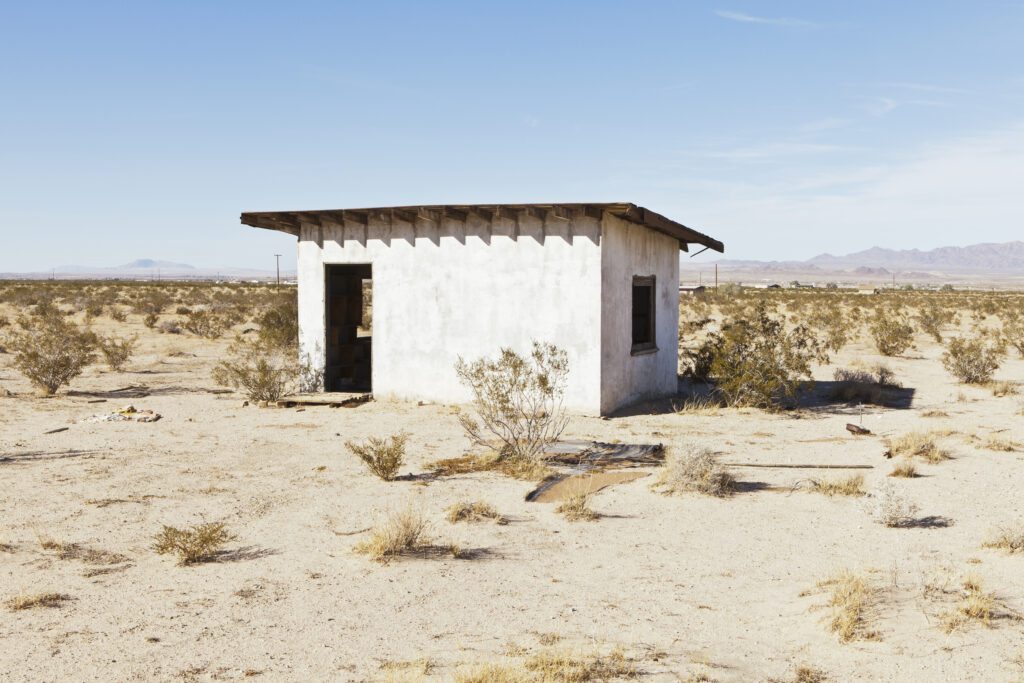
Just past Vidal Junction you’ll cross the Colorado River and therefore the California/Arizona Border. Right away you’ll enter Parker, Arizona. The city, in La Paz County, has plenty of places to stop, and it also usually plays host to the Parker 425 off road race, part of the Best of the Desert series. Be sure to pay attention to your engine temperature if you’re driving this part of the route in the summer—the region, averages over 100 degrees fahrenheit in summer months.
Leaving Parker you will head southeast on a remote road until you reach U.S. Highway 60, which will wind northeast through the Sonoran desert and through a series of small towns and U.S. Census-Designated Places. Many of these towns have restaurants and other attractions you can stop at. One, in particular, will come just outside the town of Hope, Arizona. On the left side of the road drivers will glimpse a sign declaring “you are now beyond Hope,” as they leave the town of Hope.

Once again you’ll find yourself on a remote stretch of road without much to see except the road, the desert, and topographical features such as the Harquahala Mountains to the south, which are the highest peaks in this part of Arizona, and the Harcuvar Mountains to the north. Before long you’ll drive into the next major population center on the route—the last one before Phoenix—Wickenburg. This town was founded and populated partly as a center for resupplying the many mining claims in the mountains outside it. Among the usual amenities you can stop and see the historic downtown district here, or visit one of the operational dude ranches outside town, where you can live out your cowboy fantasies.
Continuing on Highway 60 southeast through the desert terrain it won’t be very long before you begin to hit the outskirts of the Phoenix metro area, beginning with suburbs and continuing on into the city itself. There’s no shortage of things to occupy yourself with in Arizona’s largest city, including Heard Museum, dedicated to Native American culture and art, the Desert Botanical Garden, the Arizona Science Center, and the city’s many mountain parks which provide beautiful views of the urban landscape.

Stay in Phoenix for a day or a few then head on back. You can catch the 10 westbound if you’re looking for a shorter drive, or just go back the way you came and stop at all the great spots you missed on the way in. There’s always something else to see on the American road.
Your Thoughts Share your ideas or stories
Comments are closed.
1 Comment




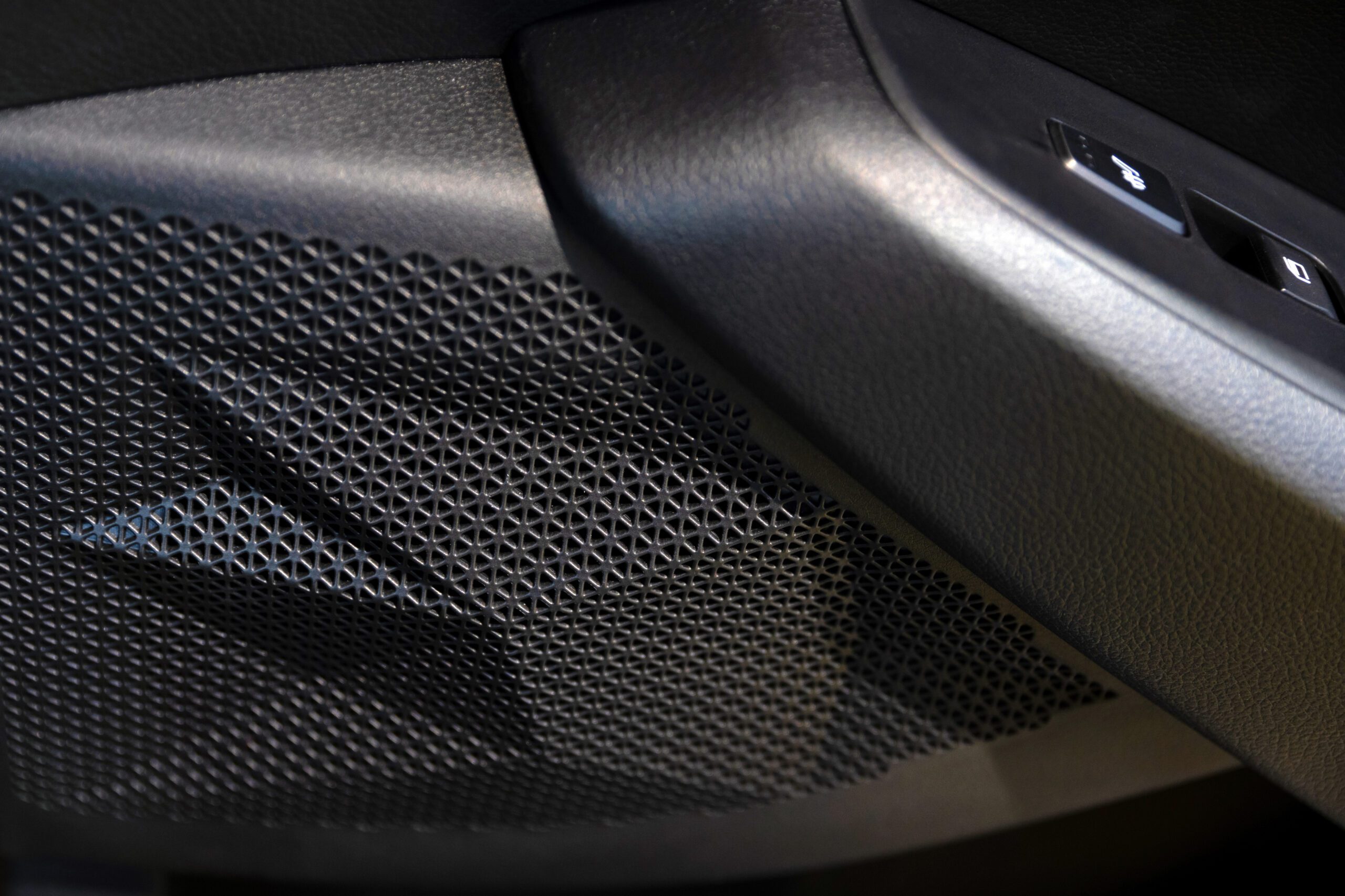

Now I want to take this trip!